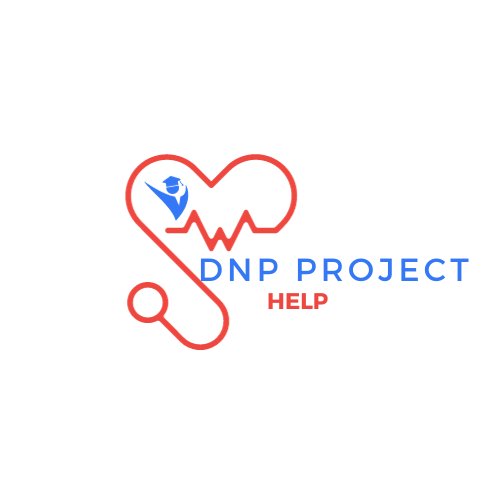
Week Two Assignment Instructions for DNP 820
Make sure to carefully read and understand the instructions as there are specific requirements.
For this assignment, you are required to add at least 10 different articles or literature reviews to those included in the DNP 815 attachment. All sources should be within the last 5 years and directly relevant to the subject. The tutor expects a high level of proficiency in English.
Follow the provided rubric meticulously to meet all the requirements for DNP 820, which focuses on the 10 strategic points for the prospectus, proposal, and direct practice improvement project.
This professor is known for being thorough and having stringent requirements. Ensure you review the attachments, including the PICOT and the first 10 points from the DNP 815 assignment, as this is a continuation of that work.
The following aspects need to be addressed:
- Introduction and Literature Review: Confirm that these sections are complete and thorough.
- Problem Statement: Ensure it is written clearly.
- PICOT: Verify that the PICOT is clear and well-crafted.
- Methodology: Explain why the selected methodology is appropriate. Provide justification.
- Data Collection Approach: Clearly describe the process of collecting data, from obtaining informed consent to completing measurements.
- Data Analysis: Specify the test you will use to answer your research question.
- Clinical/PICOT Questions: Address the specific clinical and PICOT questions provided, ensuring clarity and relevance.
Here’s a sample addressing one of the questions:
- Sample: For the question, “How will you determine the sample size?” You need to discuss your approach and mention the inclusion/exclusion criteria for the subjects.
Remember to adhere to the guidelines, and keep in mind the overall goal of reducing CLABSIs in adult patients with CVC at Clear Lake Regional Medical Center. This assignment is a crucial continuation of your work in DNP 815, so take the time to carefully review and complete each section as instructed.
In patients aged 65 and older with a Central Line, does staff training and reinforcement of Central Catheter Hub Hygiene, compared to standard care in other area hospitals, reduce the probability of CLABSIs?”
Important Points to Consider:
- Study Location:
- Instead of using Central Missouri as an example, describe the specific site where you plan to conduct the study.
- Outcome Variables:
- While CLABSI rates are important, consider other patient outcomes as well. It’s not only about infection rates; there might be other aspects crucial to the study.
- Validity and Reliability:
- Ensure that you can find valid and reliable measures for CLABSI rates. If not, consider revising the research question or finding an alternative question that aligns with the project’s goals.
- Comparison Groups:
- Clarify the differences between your two comparison groups. Instead of “pre and post-intervention assessments,” consider using terms like “intervention group” and “standard care group” to highlight the distinction.
- Project Duration:
- The project’s prospective phase should not exceed one month, so plan accordingly.
Grading Style and Paper Expectations:
- Feedback and Improvement:
- Expect significant feedback on your papers. Use this feedback to enhance your writing skills progressively.
- APA Format:
- Address feedback on APA format promptly. If feedback is given on a specific aspect, ensure improvement in subsequent submissions.
- References Criteria:
- References must be current, within the last 5 years from your proposed graduation date (2014-2019). Utilize primary sources, not textbooks. Avoid citing secondary sources or using direct quotes; instead, synthesize the literature in a clear and concise manner.
- Literature Synthesis Resource:
- Check the Resources – Add-ons section for a helpful resource on synthesizing literature. Embrace scientific writing, which is succinct and to the point.
Remember, the goal is not just to complete assignments but to refine your writing skills for your DPI project. Use the feedback as a tool for continuous improvement.
In your prospectus, proposal, and scholarly project, you need to focus on 10 strategic points that are clear, simple, correct, and aligned. These points ensure your research is practical, valuable, and trustworthy. These 10 strategic points come from studying literature related to a topic that aligns with your personal passion, future career goals, and degree area. These points guide your vision for the Direct Practice Improvement (DPI) Project. In this assignment for DNP 820, you will build on the work you started in DNP-815, drafting a document that addresses these 10 key strategic points, defining your intended research focus and approach.
General Requirements:
- Retrieve Previous Work:
- Find the “The 10 Strategic Points for the Prospectus, Proposal, and Direct Practice Improvement Project” completed in DNP-815.
- APA Style:
- Use APA style for your writing assignments, consulting the APA Style Guide in the Student Success Center. No abstract is needed.
- Review Rubric:
- Familiarize yourself with the rubric before starting to understand the expectations for successful completion.
- Turnitin Submission:
- Submit this assignment to Turnitin following the directions in the Student Success Center.
Assignment Instructions:
- Draft Statements:
- Use the “The 10 Strategic Points for the Prospectus, Proposal, and Direct Practice Improvement Project” resource to draft statements for each of the 10 points regarding your intended research study.
- Incorporate Instructor Feedback:
- Include a copy of your last instructor feedback from DNP-815 when submitting this assignment. Expect significant improvement from your previous submission.
- Add References:
- Add 5-10 references to your document. Recognize that your literature review chapter in DNP 955 will require at least 50+ articles, so progressively expand your literature search as you move through each course.
Methodology and Design Sections:
- Methodology:
- Explain the broad methods you plan to use (qualitative, quantitative, or mixed methods).
- Design:
- Provide more details, discussing the design (correlational, cross-sectional, pre/posttest, etc.). Explain why your chosen methodology and design are suitable for your topic and project questions. Note: Qualitative methods are not supported.
Intervention Section:
- Describe the Intervention:
- Write a detailed description of the intervention you plan to implement. Explain how it is evidence-based, your role in implementation, and the step-by-step process.
Data Collection Section:
- Extremely Detailed Data Collection Plan:
- Outline, in detail, how you will collect the data. Discuss all instruments, surveys, and/or questions you will ask participants. Ensure that at least one tool is a valid and reliable instrument.
Data Analysis Section:
- Specify Statistics:
- Start with descriptive statistics, indicating which ones you will use and why (cite current primary sources). Explain how you will compare your data, specifying the statistic, and state your p-value before starting data collection.



